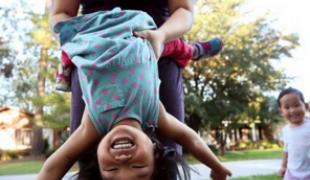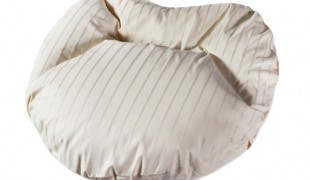- 2886
- 236
- 9
- 9
- 0
- Help Ukraine
About the solution
Australian doctor Professor Richard Scolyer was already renowned for his pioneering research in pathology, particularly in the realm of skin cancer, when he received a life-altering diagnosis of glioblastoma, an aggressive form of brain cancer. Determined to find a treatment for his own cancer, Professor Scolyer embarked on a journey that would not only challenge the boundaries of medical science but also offer hope to countless others facing similar battles.
After being diagnosed with glioblastoma, Professor Richard Scolyer underwent surgery to remove the tumor, which is a standard procedure for this type of cancer. However, what sets his recovery path apart is the innovative treatment he received afterwards. Professor Scolyer underwent an experimental treatment based on his own research on melanoma immunotherapy. This treatment involved a combination of drugs administered before surgery to enhance the body's immune response to cancer cells. Specifically, he received pre-surgery combination immunotherapy, which was supplemented by a personalized vaccine tailored to his tumor's unique characteristics.
The innovative element in his recovery path lies in the application of this novel treatment approach, which was originally developed for melanoma but adapted for glioblastoma. By combining surgery with this experimental immunotherapy, Professor Scolyer aimed to not only remove the tumor but also boost his body's ability to fight against any remaining cancer cells and reduce the risk of tumor recurrence.
After undergoing surgery, he had a tough couple of months at the start of the year dealing with treatment-related issues such as epileptic seizures, liver issues, and pneumonia. Despite these challenges, he expressed feeling healthier after the treatment and resumed daily exercise.
Remarkably, a year after his diagnosis, Professor Scolyer remains cancer-free, as confirmed by his latest MRI scans. His journey serves as an inspiration to the power of innovation in the face of adversity. As a respected medical authority and co-director of the Melanoma Institute Australia, Professor Scolyer's efforts offer hope to the countless individuals worldwide grappling with glioblastoma. "I feel proud of the team that I work with. I feel proud that they're willing to take the risk in going down this path.”, told Scolyer to the BBC. Professor Scolyer didn't face his cancer journey alone. He was supported by a dedicated medical team, including his colleague Professor Georgina Long.
While acknowledging the challenges that lie ahead, Professor Scolyer and Professor Long are hopeful their new treatment might one day help glioblastoma patients, turning what was seen as an incurable disease into a chance for recovery.
Adapted from:
https://www.bbc.com/news/world-australia-69006713
https://news.sky.com/story/doctor-still-cancer-free-almost-a-year-after-...
https://www.youtube.com/watch?v=JsVuXOvHzak
This solution shall not include mention to the use of drugs, chemicals or biologicals (including food); invasive devices; offensive, commercial or inherently dangerous content. This solution was not medically validated. Proceed with caution! If you have any doubts, please consult with a health professional.
DISCLAIMER: This story was written by someone who is not the author of the solution, therefore please be advised that, although it was written with the utmost respect for the innovation and the innovator, there can be some incorrect statements. If you find any errors please contact the patient Innovation team via info@patient-innovation.com
-
-
728
-
0
-
11347

Ava the Elephant – Medicine dispenser for children
SWALLOWING: Swalling food and liquids
CAREGIVING
Down Syndrome (Trisomy 21)
Neuromuscular Disorders
Treatment/Surgical device
Pharma
Strategy/Tip
Vision problems
Difficulty coordinating movements
Muscle weakness
Trouble with fine motor skills (e.g., writing, buttoning clothes)
Cognitive impairment
Memory loss
Confusion
Anxiety
Hearing loss or ringing in the ears (tinnitus)
Mood swings
Manage Medication
To improve Treatment/Therapy
Caregiving Support
General and Family Medicine
Medical Genetics
Neurology
Pediatrics
United States
-
-
-
341
-
0
-
4201

Mother invents disposable medical device to collect urine samples
(SELF)-CONTROL: URINARY CONTINENCE: Maintaining urinary continence
CAREGIVING
Meningomyelocele
Spinal Cord and Nerve Root Disorders
Treatment/Surgical device
Biological Sample
Muscle cramps or spasms
Difficulty coordinating movements
Stiffness or rigidity (difficulty moving)
Muscle weakness
Numbness or tingling in the extremities
Anxiety
Headaches
Promoting self-management
To improve Treatment/Therapy
Caregiving Support
Medical Genetics
Neurology
Neurosurgery
Pediatrics
Urology
United States
-
-
-
631
-
0
-
9361

Billow Pillow
-
 en
en